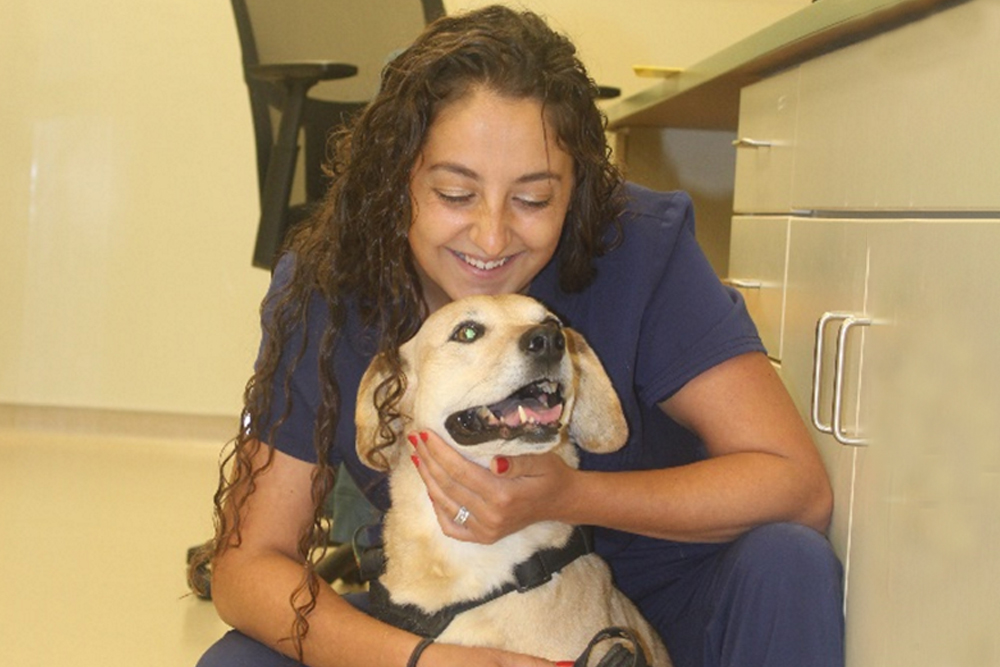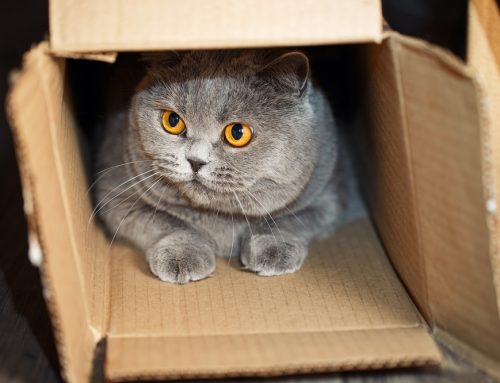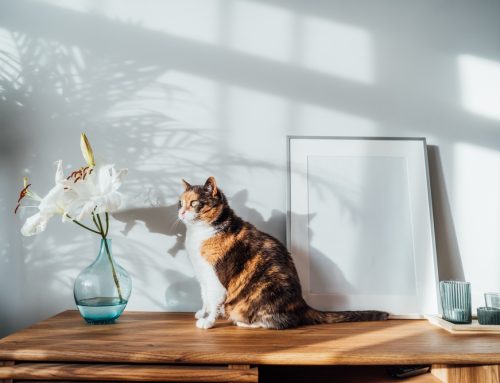Just like people, pets can experience anxiety too. It can be distressing for both the animal and the owner, but understanding the signs and knowing how to help can make a big difference. Here’s a simple guide to help you understand anxiety in pets and what you can do to support your furry friend.
What is Pet Anxiety?
Pet anxiety is a feeling of fear or unease that can affect animals just as it does humans. It can be caused by various factors and can manifest in different ways, depending on the individual pet and the situation.
Common Causes of Anxiety in Pets
- Separation Anxiety: Many pets, especially dogs, can become anxious when left alone. They might worry about when or if you’re coming back.
- Loud Noises: Thunderstorms, fireworks, and other loud noises can be frightening for pets.
- New Environments: Moving to a new home or even just a change in routine can cause stress.
- Strangers or Other Animals: Meeting new people or animals can be overwhelming.
- Past Trauma: Pets that have been abused or abandoned may have lingering anxiety.
Signs of Anxiety in Pets
Recognizing the signs of anxiety can help you take action before it gets worse. Here are some common symptoms:
- Restlessness: Pacing, shaking, or excessive movement.
- Excessive Barking or Meowing: More vocalization than usual.
- Hiding: Seeking out small, dark places to avoid interaction.
- Destructive Behavior: Chewing, digging, or scratching furniture and other items.
- Changes in Appetite: Eating more or less than usual.
- Aggression: Unusual growling, snapping, or biting.
- Excessive Grooming: Licking or chewing themselves more than normal, sometimes causing bald spots or sores.
Signs of Anxiety in Pets
- Create a Safe Space: Make sure your pet has a quiet, comfortable place to retreat when they’re feeling anxious. This could be a specific room, a crate, or a cozy bed.
- Stick to a Routine: Pets thrive on routine. Try to keep feeding, walking, and playtime schedules consistent.
- Exercise: Physical activity can help reduce anxiety. Regular walks, playtime, and other exercises can help keep your pet calm.
- Training and Socialization: Gradually exposing your pet to new situations, people, and animals can help them feel more comfortable over time. Positive reinforcement training can also help build their confidence.
- Comfort and Reassurance: Sometimes, just being there for your pet can help. Speak to them in a calm, soothing voice and offer gentle petting or a favorite toy.
- Calming Aids: There are various products designed to help reduce pet anxiety, such as calming collars, sprays, or supplements. Always check with your vet before using these.
- Professional Help: If your pet’s anxiety is severe, consider seeking help from a veterinarian or a professional animal behaviorist. They can offer more tailored advice and, in some cases, medication might be necessary.
When to See a Vet
While mild anxiety can often be managed at home, it’s important to know when to seek professional help. If your pet’s anxiety is causing them significant distress or leading to harmful behaviors, it’s time to consult your vet. They can help determine if there’s an underlying medical issue and recommend appropriate treatment options.
Final Thoughts
Understanding and addressing anxiety in pets is crucial for their well-being. By recognizing the signs and taking proactive steps, you can help your furry friend feel more secure and happy. Remember, every pet is different, and what works for one might not work for another. Patience and persistence are key.
If you have any concerns about your pet’s anxiety, don’t hesitate to contact Heritage Veterinary Clinic. We’re here to help you and your pet navigate through any challenges and ensure a happy, healthy life for your beloved companion.







Leave A Comment